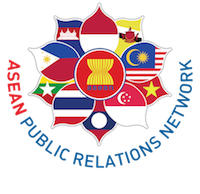By Sanchita Basu Das
The ASEAN Economic Community (AEC) is both an economic and strategic initiative.
As an economic project, the AEC is expected to achieve its objective of a single market by end-2015. Although ASEAN has achieved 82.1 per cent of its targets, it has not yet reached its end-goal since both border and beyond-the-border restrictions continue to prevail in the region. The elimination of such restrictions is likely to be the most important task if ASEAN intends to move towards a single market space in the future.
As a strategic project, the AEC is conceived to help member states pursue their national interests. Economic cohesion is expected to help the 10 small economies during times of economic vulnerabilities, to deliver on a bigger market space of 600 million people to attract FDI, and to play the role of a ‘hub’ in the larger Asian region.
In addition, economic coherence is likely to strengthen the member states’ bargaining power in the WTO and in their collective negotiating position for FTAs and other strategic matters.
The AEC’s achievement as a strategic project can be observed in ASEAN states’ increasing level of FDI; cooperative stance during the 2008 crisis; positive behaviour in dealing with the international community; and increasing belief in maintaining centrality.
Going forward, the AEC process will continue, not just for its economic benefits of lowering trade and investment costs in the region, but also for managing ongoing economic and geopolitical uncertainties.
* Sanchita Basu Das is ISEAS Fellow and Lead Researcher (Economic Affairs) at the ASEAN Studies Centre, ISEAS, Singapore. She is also the coordinator of the Singapore APEC Study Centre. Email: sanchita@iseas.edu.sg





